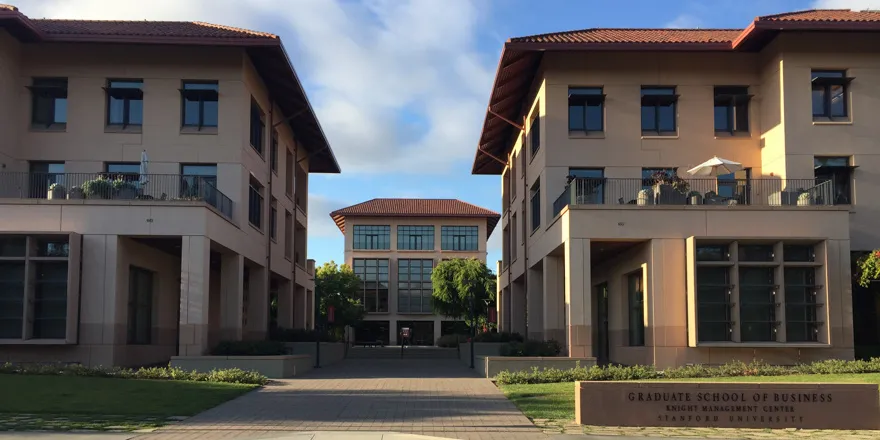Stanford graduate students may be missing out on approximately $100,000 in retirement benefits, according to second-year aeronautics and astronautics Ph.D. student Jason Anderson. Anderson, who has been advocating for retirement savings options for graduate students since November 2020, is currently seeking administrative support to give graduate students the option for employee-contribution tax-sheltered annuity plans, including the 403(b). Currently, the University does not offer graduate students access to these retirement savings options.
Anderson’s calculations take into consideration several factors. They assume that 15% of yearly income is invested for retirement. After subtracting the yearly federally allowed $6,000 IRA investment, the average Stanford graduate student would have approximately an additional $2,200 per year to invest through employment. This annual $2,200, however, cannot currently be invested through the retirement plans the University provides.
With about 10% market growth per year since the Great Depression, Anderson calculated that the amount lost for graduate students throughout their lifetimes would compound to almost $100,000.
According to Anderson, those benefits amount to approximately $300 a month if divided by 25 years of retirement. “My grandmother would definitely use that $300 a month,” he said.
In November 2020, Anderson co-wrote a resolution advocating for Stanford to extend the 403(b) plan benefit to Stanford graduate students by April 15, 2021, and introduced it to the Graduate Student Council. To Anderson’s knowledge, however, there has been no response from Stanford, even as the April tax deadline for 2020 contributions looms closer.
Brooks Benard, a fourth-year cancer biology Ph.D. student, said that Stanford’s not providing this investment option is concerning, especially given the recent requests from students.
Peer institutions such as the University of California, Berkeley offer graduate student retirement plans, which Anderson attributes to Berkeley students having a union. He believes that a union leaves them better equipped to advocate. A Berkeley alumnus himself, Anderson said that “there are all sorts of benefits you can get, but just need to ask for them.”
Anderson has asked. He has communicated with the Office of the Vice Provost of Graduate Education (VPGE) that he would like to participate in the Voluntary Tax-Deferred Annuity Plan (TDA) to take advantage of tax-deferred growth. He was told in an email exchange that “such a program would be valuable but the request is very low on the priority list.”
“We appreciate students bringing this to our attention. We’re consulting with campus experts so we can develop FAQs for students to understand their options, especially in light of recent changes to federal regulations,” University spokesperson Dee Mostofi said.
Anderson is also a resident assistant for graduate students and has helped coordinate a financial wellness event on retirement savings. Despite this action, he says that Stanford, as an employer, should support graduate students’ access to retirement plans and financial literacy information.
“The infrastructure already exists for postdocs and other employees and should be made available to eligible grad students who have demonstrated interest,” Bernard said.
